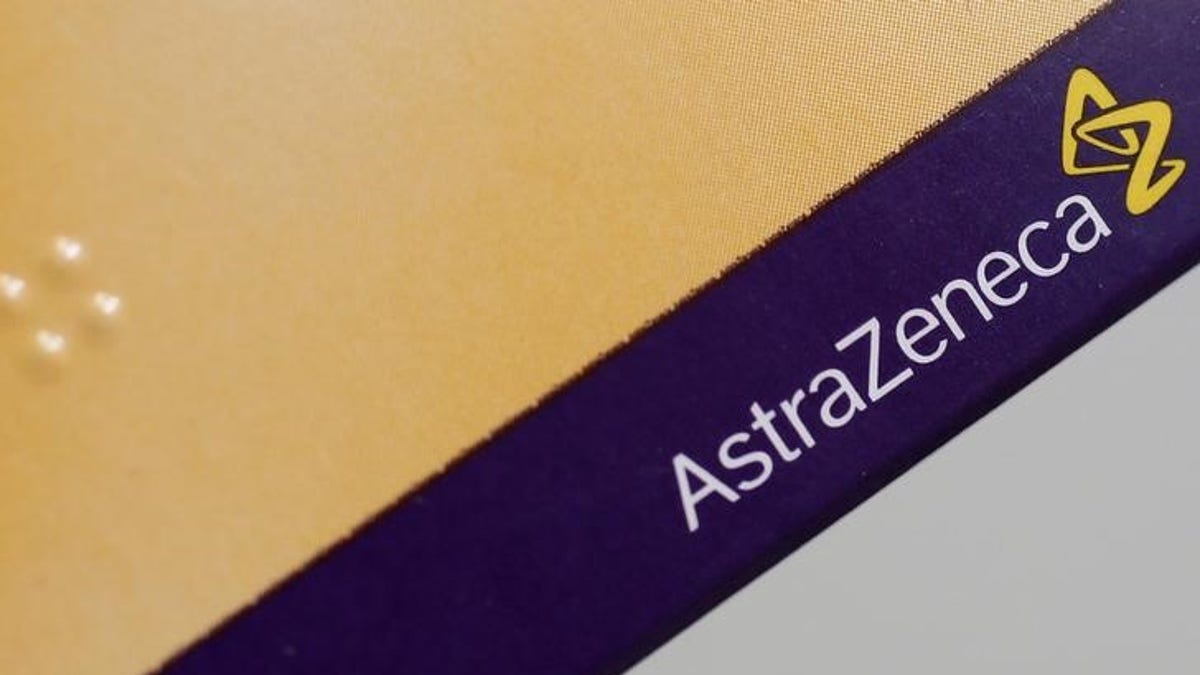
The logo of AstraZeneca is seen on a medication package in a pharmacy in London April 28, 2014. REUTERS/Stefan Wermuth (Copyright Reuters 2015)
LONDON – AstraZeneca is diving into the world of proteins secreted by cells - collectively known as the secretome - in the hunt for new drugs and better "cell factories" for making biotech medicines.
The so-called secretome accounts for around one third of human proteins and the idea of mapping them all follows the decoding of the human genome in 2000, since when there has been a surge in scientific buzzwords ending in "ome".
The secretome is one of the newest as scientists only unraveled the full array of proteins involved at the start of this year. As a result, its potential as a resource for pharmaceutical research remains largely unexplored.
AstraZeneca hopes to get in on the ground floor of this opportunity through a three-year collaboration with the newly established Wallenberg Center for Protein Research in Sweden.
The new center is being funded primarily by the Wallenberg family, which also owns Investor, the third largest shareholder in AstraZeneca.
The Wallenberg Foundation is providing a $37 million grant over eight years for the center, while the Anglo-Swedish drugmaker will contribute $1.2 million a year for three years.
In addition to hunting new drug targets for diseases ranging from heart disease to cancer, AstraZeneca said in a statement on Friday that its experts would also be looking at protein secretion processes that could improve medicine manufacturing.
Currently, the drugs industry relies on a limited number of cell types - notably Chinese hamster ovary cells - to make biotech drugs in large fermentation vats. In future, there may be the potential to tap other kinds of cells that are better suited for large-scale production.
